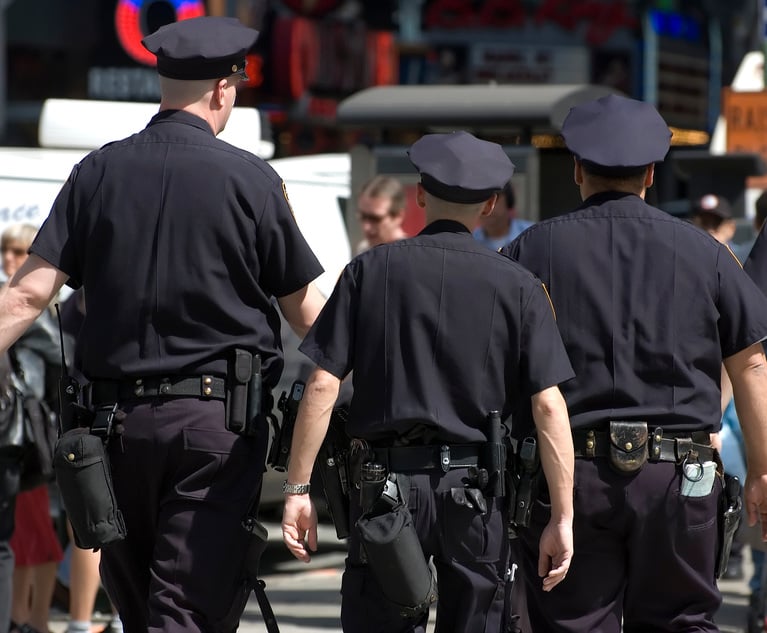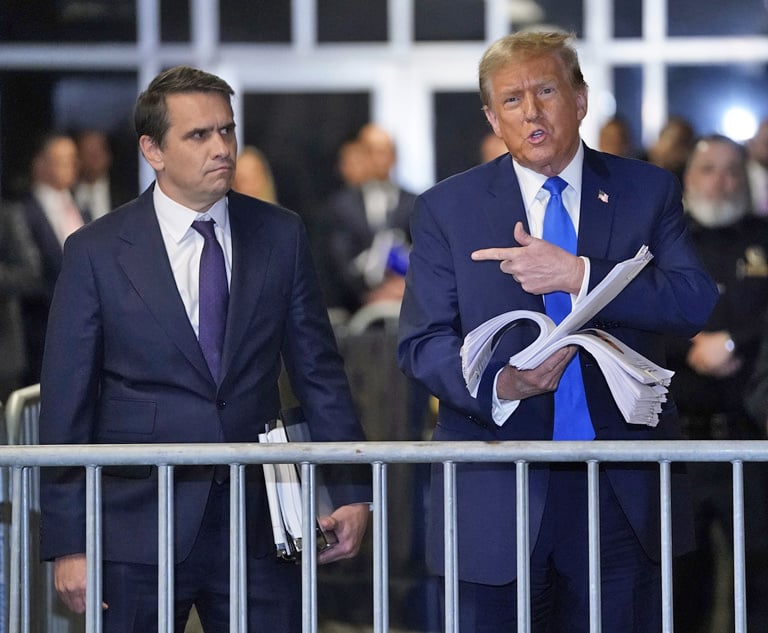On Dec. 16, 2021, the Court of Appeals, in Anderson v. Anderson, 2021 NY Slip Op 07058 (2021), a decision by Judge Jenny Rivera, intelligently settled burning questions, which, for nearly 25 years, confounded bench and bar regarding acknowledgments in marital agreements: (1) must a party’s signature be “contemporaneously” or “simultaneously” acknowledged; (2) is there an outer time limit; and (3) may an acknowledgment in a pre or postnuptial agreement be cured when both parties complied with the statutory formalities and, due to no fault of either, the language of the acknowledgment does not comply with the statutory formulaic (Real Property Law (RPL) 309-a; see Weinstein v. Weinstein, 36 A.D.3d 797 (2007)) by failing to recite that their identities were either proved to or known by the notaries.
‘Anderson’ and ‘Koegel’. Anderson comprised two appeals, Anderson v. Anderson, 186 A.D.3d 1000 (4th Dept. 2020), and Matter of Koegel, 160 A.D.3d 11 (2d Dept. 2018). In Anderson, the husband timely signed the prenuptial agreement but did not have it acknowledged until seven years later. In a 3-2 decision, the Fourth Department held that “when an acknowledgment is missing from a nuptial agreement, an acknowledgment and a reaffirmation by the parties is required to cure the defect.” 186 A.D.3d at 1002.


 Elliott Scheinberg. Courtesy photo
Elliott Scheinberg. Courtesy photo




